As a certified Drama Queen™, I knew there was a solid reason I enjoyed anime as much as I did. Anime is a wild, wild genre when you look underneath the mainstream surface. It is filled with a diverse selection of genres, each premise more interesting than the next. And the reason anime is now so popular is that it’s so over the top in some cases yet genuinely relatable in others. But why is anime so dramatic?
To be fair, I think that isn’t accurate. Not all anime is as dramatic as, say, something like Neon Genesis Evangelion, which is rife with symbolism and religious ideology intertwined with giant robots being manned by literal children. And it’s not an outlier either, considering how some of the best anime out there are just as weird and exaggerated. But it is so wild because it’s a creative medium. The animation opens up avenues that aren’t possible to emulate in real life. This leads to anime being so larger than life.
Anime is just so varied that it’s hard not to come across a few that are thrilling and exciting to the point of melodrama. Because that’s the fun of it! Like, if I wanted to watch something straight edge, I’d watch a documentary or a Western sitcom. It’s precisely because anime tends to be more colorful and extra that I gravitate towards it. The appeal a story has, when it isn’t done to death before, is something I’ve only really found in anime. Imagine watching boring content on purpose; why would anyone do that?
But how did anime become so over the top in the first place? Like how did it go from children’s shows to deep philosophical video essays about the human condition? Like, the demographic shifted somewhere over the past 50 years of anime, and here we are. There’s a lot to unpack here, but all of it has a rhyme and reason to it. So, let’s get into it.
Table of Contents
Anime: From Childhood Tales To Iconic Storytelling!
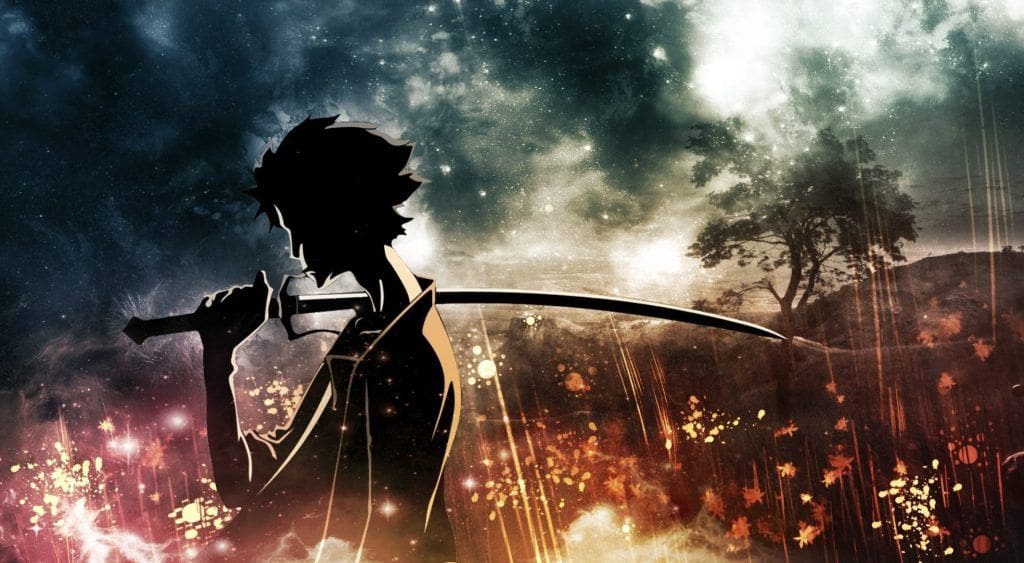
Anime was a prevalent part of my childhood. I was at that age where, yeah, The Powerpuff Girls was fun, but it couldn’t hold a candle to when the first episode of Pokémon aired on the Toonami block.
Because, in a way, it wasn’t a one-and-done deal. Most cartoons were formulaic and followed the same ‘monster of the week’ format. Not anime though. Most anime had a narrative that they built their entire premise on. They had an overarching story that slowly progressed towards a definitive climax. It was a full story told in technicolor, rather than just snippets.
There was also the fact that anime didn’t shy away from more mature themes that most animators avoided in traditional cartoons to stay ‘family friendly’. But that only made them so much more memorable, as they didn’t treat their audience as immature just because they were younger.
Anime was the ideal storytelling medium, filled with color and potential. So, it’s no wonder it popped off the way it did.
Why Anime Being Dramatic Works For It:
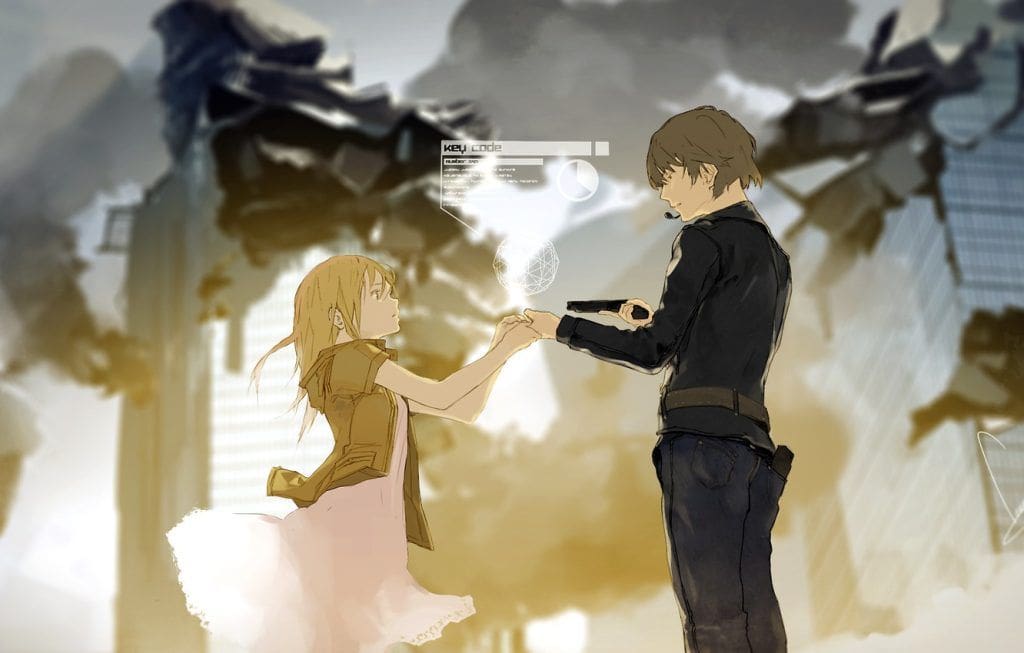
This is exactly why bolder anime worked. No other animation medium was doing it like anime was. They were adapting stories and manga that weren’t aimed at kids. Following the success of shows such as Death Note and Code Geass, one thing was clear; People loved the drama.
And how couldn’t they? These were blockbuster-level plot lines being told through animation that could be manipulated in a thousand different ways. The magic that weaved meant we got a more vivid picture of what was going on in the creator’s mind when the story was unfolding.
Every time I watch a character be exaggerated about a situation, it gives me so much joy, solely because it adds so much to the scene. It’s so much more fun when the characters have a chance to stand out instead of having to ‘be realistic’. And, make no mistake, there is realism in being over the top as well.
Bottom line? Drama adds flavor to content. And just because anime is entertaining, that doesn’t always mean it’s being dramatic. But when it is, it’s a hell of a lot more enjoyable than most things on TV right now.
Prev Post

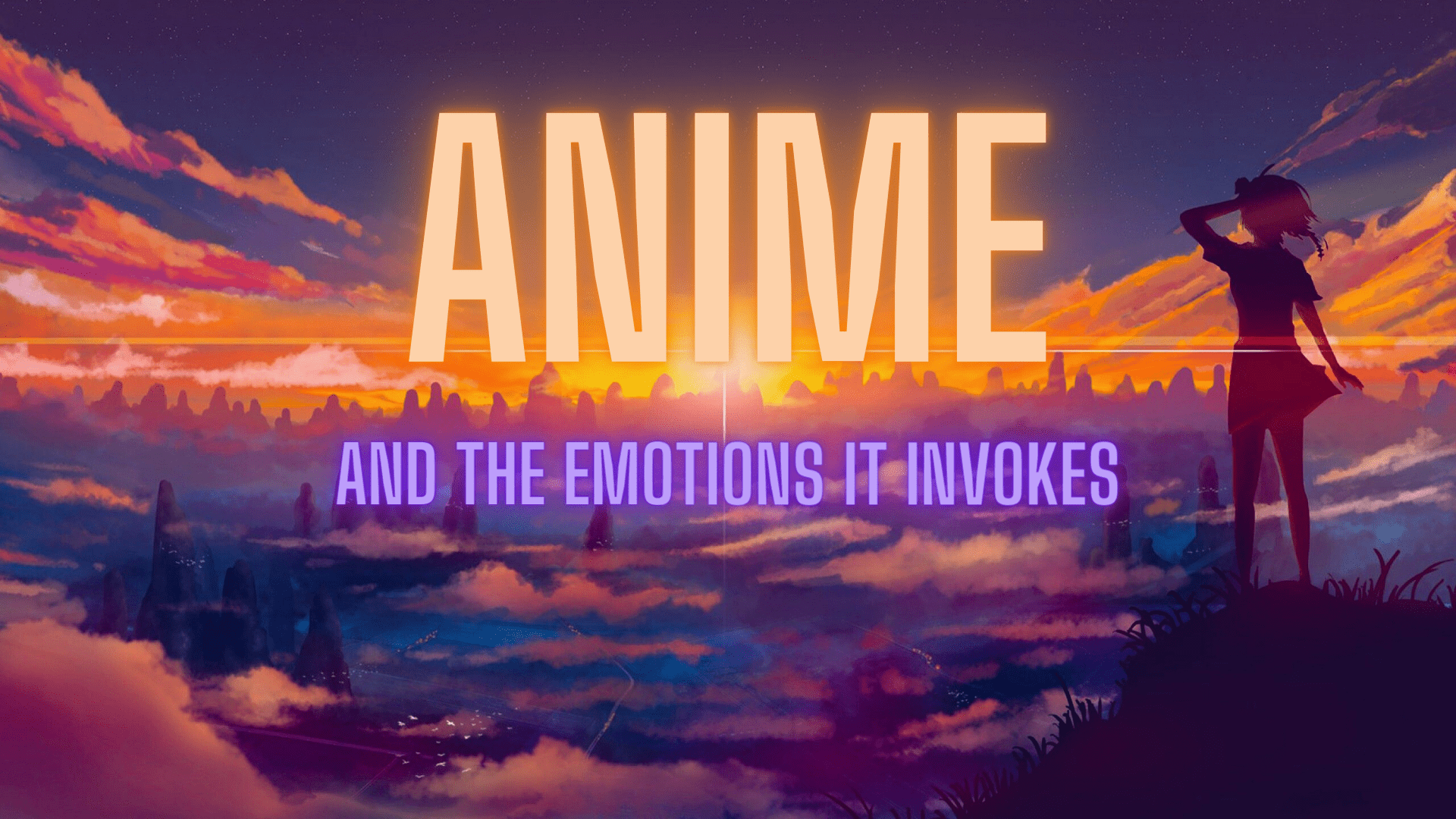










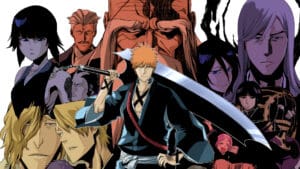

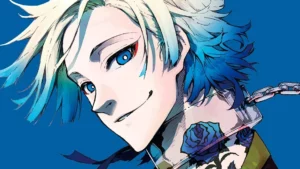
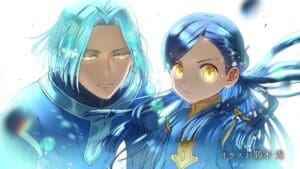
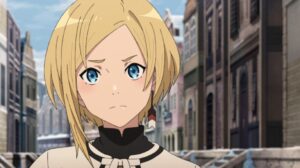
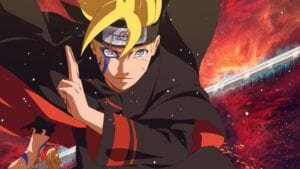
What do you think?
It is nice to know your opinion. Leave a comment.